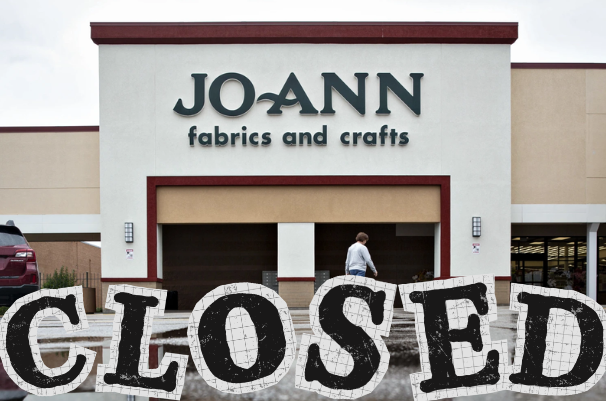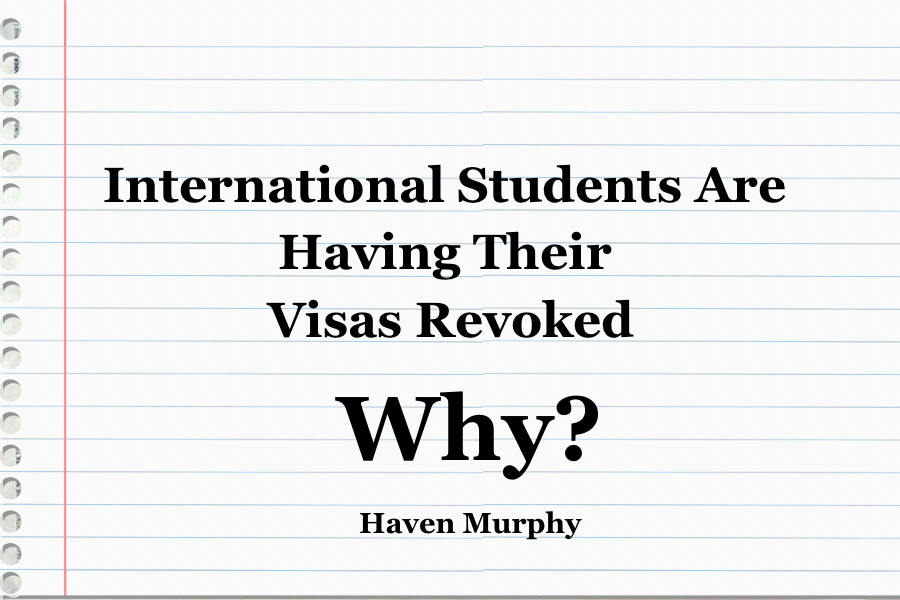As of 2023, San Francisco has the third highest homeless population in the United States. Since the 1850’s Gold Rush when aspiring millionaires traveled westward in search of gold, the “Golden City ” on San Francisco Bay has created a center of cultural and artistic change, a hub of innovation and technology, and an opportunity for the world to pursue the American dream. But recently, in great contrast, San Francisco is facing challenges with widespread homelessness, a drug epidemic and increased retail theft and mass migration out of the city.
Homelessness
According to the University of California San Francisco’s California Statewide Study Of People Experiencing Homelessness, “the most frequently reported economic [trend] was loss of income. Participants living on the economic margin, with high housing costs, low incomes, and little savings, had little margin for error.” While there are various reasons contributing to homelessness in the city, the overwhelming factor is the unbelievable surge in real estate and rental prices. Due to strict zoning laws within the city preserving the “view”, apartment buildings with many units cannot be built, which limits accessibility to affordable housing. According to a Homeless Benchmarking study conducted by the City Of San Francisco, the city has the third highest homeless population in the country. Also, according to government income limits, a low income in 2023 would be considered anything under $104,000 for someone living alone. On Nov. 16, San Francisco hosted the APEC Summit, or the Asia-Pacific Economic Cooperation. A month before the event, law enforcement placed barriers, cleaned the streets and moved the homeless population out of the area in order to welcome dozens of world leaders to the city including China’s Xi Jinping.
The Drug Epidemic
The drug epidemic has become a widespread problem across the U.S, and it is especially severe within San Francisco. In the district known as “Tenderloin”, homelessness and open drug users and dealers run rampant on the streets. With an increased consumption and production of fentanyl coming from Mexico and China, the crisis has taken hold of San Francisco. Based on a report by the California government, law enforcement has seized 18.5 kilograms of fentanyl since May 1, 2023. The Californian government, led by governor Gavin Newsome, has increased funding for combating the drug crisis in 2023, amounting to $1 billion statewide. Due to the severity of the addiction caused by increasingly powerful drugs, many users struggle to get their life back together. San Francisco’s medical examiner’s office reports that just from Jan. to Oct. of 2023 there were 692 overdose deaths compared to 2022’s total of 647.
Tech Companies And Migration
Speculation and anger has risen by native San Francisco residents against large tech companies that have moved in the area over the past 20 years, because of the massive salaries that they pay. Since the COVID-19 pandemic, many tech companies that once called the Bay home such as X, Paypal and Meta have left for lower cost of living states like Texas and Arizona. With the introduction of remote work in 2020, the technology industry has transitioned to a digital model of business structure in order to save money, which has effectively forced hundreds of people out of the city due to the rising cost of living and high income taxes. With widespread addiction and homelessness throughout the city, there has been a massive increase in retail theft due to the need for basic supplies and money. The homeless problem in San Francisco also leads homeless individuals into drug usage, supporting the drug epidemic and leading many members of the homeless population down a troubled, irreversible path.
TLDR (Too Long; Didn’t Read)
San Francisco, being a once tech capital of the world, has run into a historic drug crisis, a rise in homelessness and a struggling economy. Over the past three years, San Francisco has lost thousands of citizens to migration and rising real estate costs and continues to face challenges with creating solutions to their prevalent problems. Going forward, there is an overwhelming need to solve these complicated issues in order to restore the great city of San Francisco.









